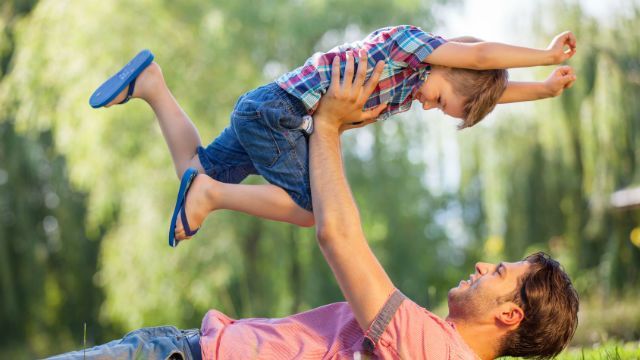
Mindfulness isn’t only good for us; it’s also good for our kids. Practicing mindfulness can help children to pay attention and focus better in school, and also provide them with the tools to calm themselves down when their emotions take over.
Here are some easy ways to teach mindfulness to your kids.
Take a mindful walk
The next time you go on a walk, make it a ‘mindful’ or ‘noticing’ one. As you stroll through your park or neighborhood, practice noticing things you’ve never seen before. These may be sounds, sights, smells, the weather—anything. Do this in silence for one minute, and then tell each other about everything you noticed.
Share gratitude
The earlier we start a gratitude practice, the better our mental and emotional health will be later in life. Practice gratitude with your child through simple rituals like saying one thing you’re grateful for before meals, on holidays, when you do fun activities together as a family, or when you give them a special treat or gift.
Observe your ‘emotional weather’
Even though we know better, it’s difficult even for adults to not identify with their emotions, so the practice of not getting caught up in an emotional whirlwind is very important to learn early on. One good way of teaching children this is teaching them to identify their ‘emotional weather.’ Being angry might make them feel stormy, sad—cloudy, happy—sunny, or maybe they will have different associations.
Whatever the case, identifying emotions as something that we don’t need to change, but simply let pass—like the weather—is a good way of teaching children about change, impermanence, and that they are not their emotions.
Count your breaths
Being aware of the breath is one of the oldest and most popular mindfulness and relaxation techniques, but this may be hard for children to conceptualize. Instead, instruct them to count out deep breaths. You can give them a set number, like 10 deep breaths, or you can simply have them count their breaths until they feel calm again, and see how many breaths it takes.
This is a great relaxation exercise, especially when there’s anger or a temper involved.
Practice what you teach
 It’s difficult to teach mindfulness if we ourselves are not practicing it regularly, as children generally learn through example and not by what we tell them to do. If they see us pausing and thinking about our reactions, practicing deep breathing, and expressing gratitude and thanks, they will be more likely to practice this themselves.
It’s difficult to teach mindfulness if we ourselves are not practicing it regularly, as children generally learn through example and not by what we tell them to do. If they see us pausing and thinking about our reactions, practicing deep breathing, and expressing gratitude and thanks, they will be more likely to practice this themselves.
Try to treat your mindfulness practice as a special time with your child, which means avoiding distractions like the TV, phones, or computers. Over time, as you practice together more, your kids will not only get better at the techniques—they’ll also start using them on their own as needed. This will make them more capable of handling any challenge they encounter.
-The Alternative Daily

